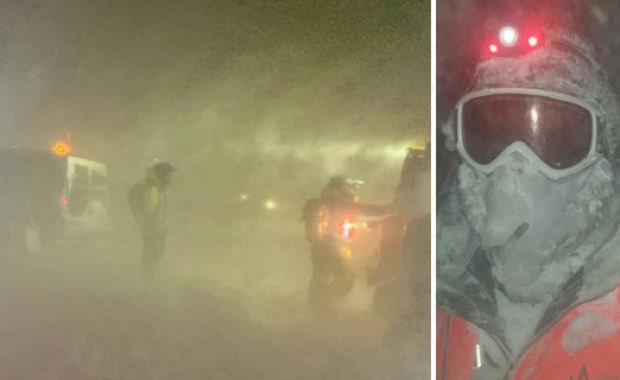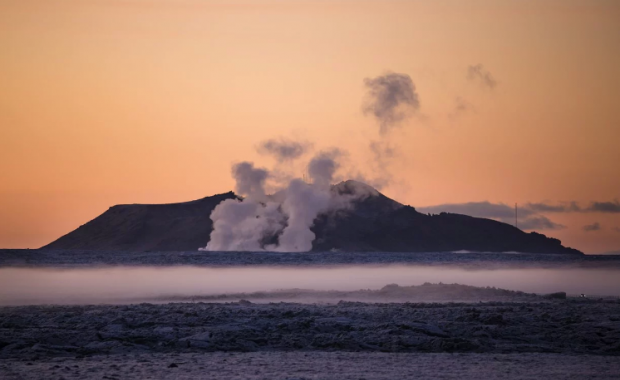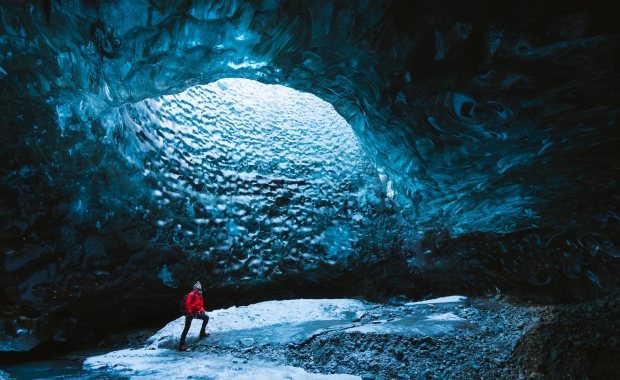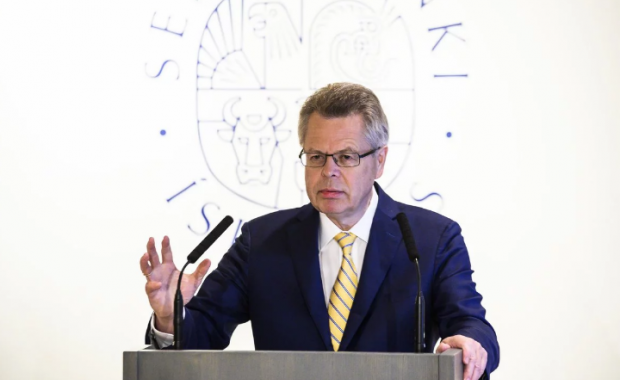The relentless strong seismic activity in Bárðarbunga volcano that began August 16th is making Icelandic scientists deeply concerned. According to volcanologist Ármann Höskuldsson there are no records of a volcano behaving this way.

“This great amount of big earthquakes, for days and now weeks is something that we have not seen before. We have looked through material about other volcanoes; this pattern has not been recorded before. It complicates things. We don’t know what this forebodes,” says Ármann in an interview with Vísir.is.
In Ármann’s opinion the activity in Bárðarbunga and the Holuhraun eruption are just the beginning of further geological events in and close to Vatnajökull glacier.
The Scientific Advisory Board of the Icelandic Civil Protection reported earlier today that the seismic activity in Bárðarbunga volcano continues to be strong. Over the last 48 hours around 200 earthquakes were detected in the caldera. The largest was M5,3 and struck at 01.30 last night.
The GPS station in the center of Bárðarbunga shows that the subsidence of the caldera continues with similar rate as it has done over the last few weeks. The total depression in the caldera is now about 42 meters (138 ft.)

Bárðarbunga caldera is at the center of a 200 km (124 mi) long volcanic system, the huge 10 km (6,2 mi) wide caldera is located underneath an 850-meter (2788 ft.) thick ice cap in Vatnajökull glacier.
The ongoing Holuhraun eruption is in an ice free zone about 35 km (25 mi) north of the caldera.
The relentless strong seismic activity in Bárðarbunga volcano that began August 16th is making Icelandic scientists deeply concerned. According to volcanologist Ármann Höskuldsson there are no records of a volcano behaving this way.

“This great amount of big earthquakes, for days and now weeks is something that we have not seen before. We have looked through material about other volcanoes; this pattern has not been recorded before. It complicates things. We don’t know what this forebodes,” says Ármann in an interview with Vísir.is.
In Ármann’s opinion the activity in Bárðarbunga and the Holuhraun eruption are just the beginning of further geological events in and close to Vatnajökull glacier.
The Scientific Advisory Board of the Icelandic Civil Protection reported earlier today that the seismic activity in Bárðarbunga volcano continues to be strong. Over the last 48 hours around 200 earthquakes were detected in the caldera. The largest was M5,3 and struck at 01.30 last night.
The GPS station in the center of Bárðarbunga shows that the subsidence of the caldera continues with similar rate as it has done over the last few weeks. The total depression in the caldera is now about 42 meters (138 ft.)

Bárðarbunga caldera is at the center of a 200 km (124 mi) long volcanic system, the huge 10 km (6,2 mi) wide caldera is located underneath an 850-meter (2788 ft.) thick ice cap in Vatnajökull glacier.
The ongoing Holuhraun eruption is in an ice free zone about 35 km (25 mi) north of the caldera.






